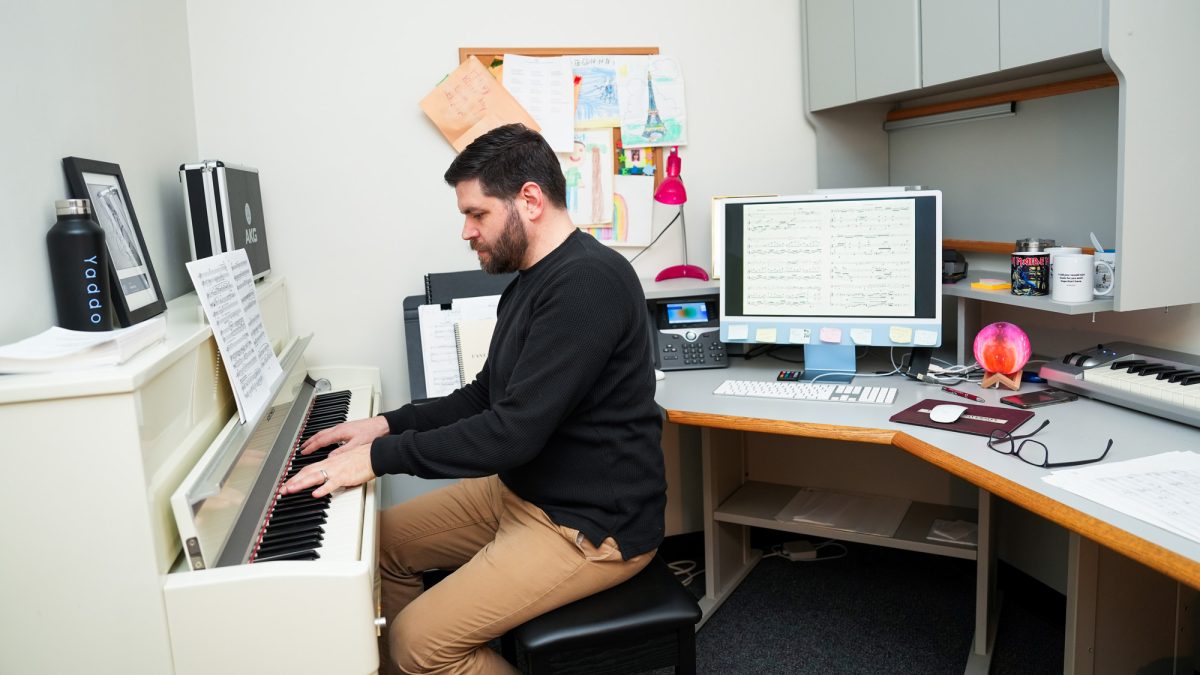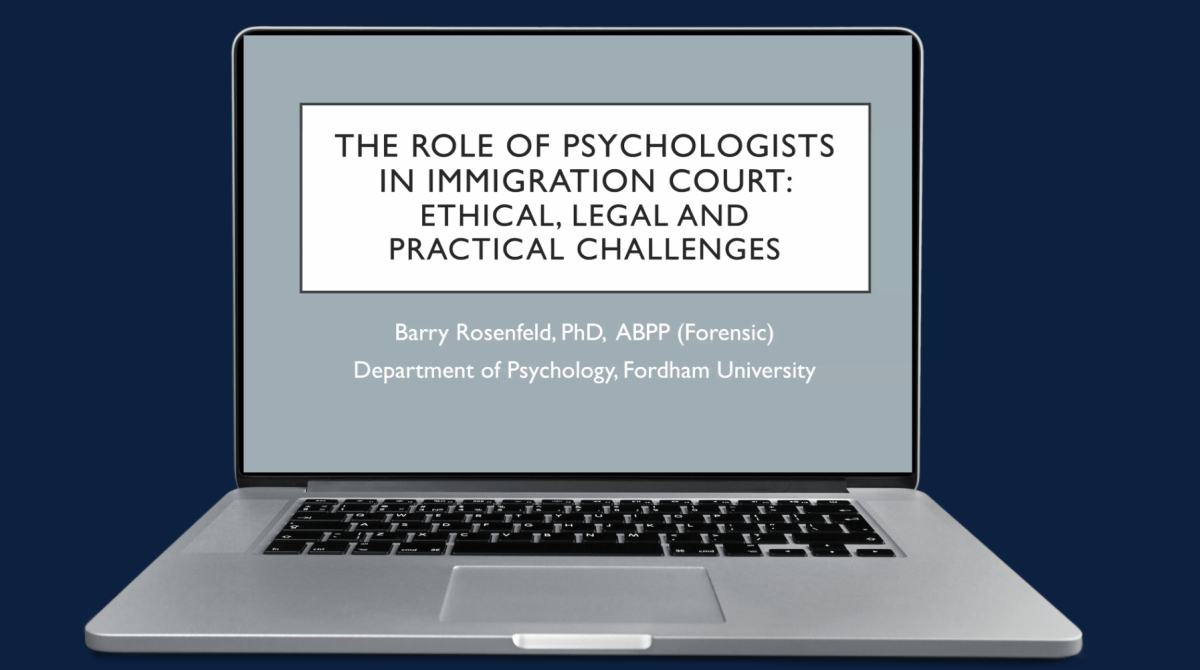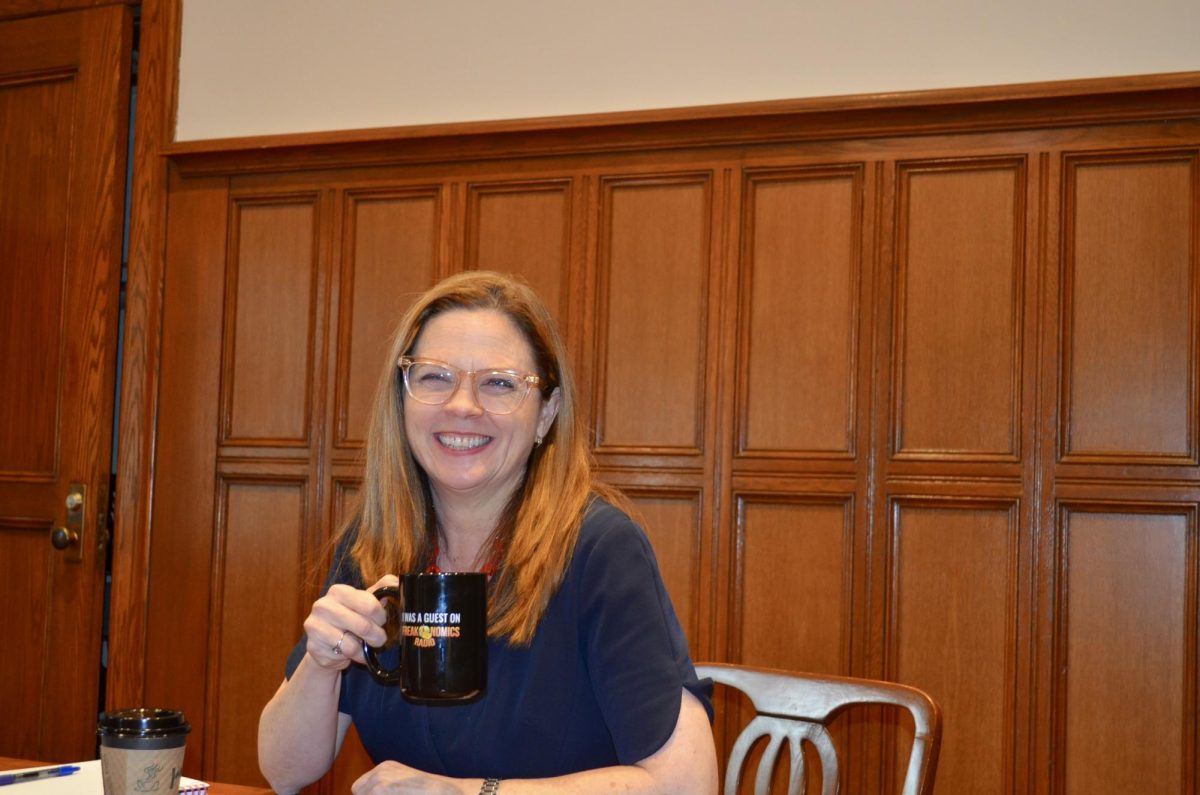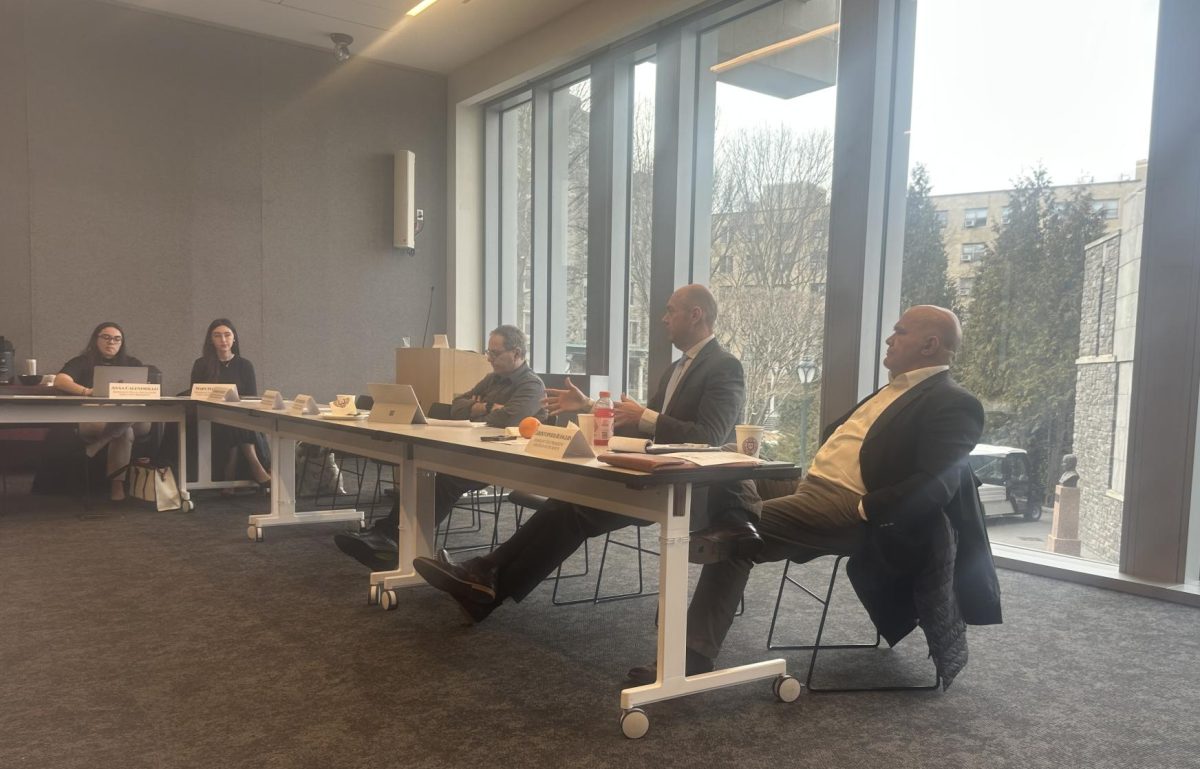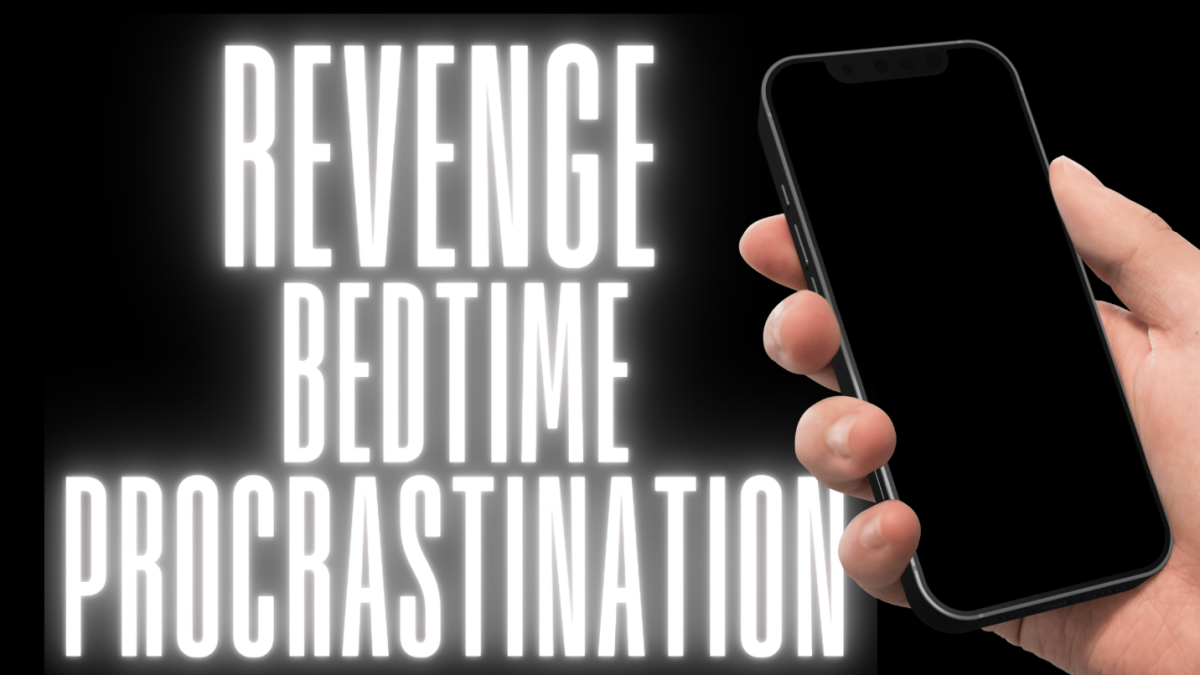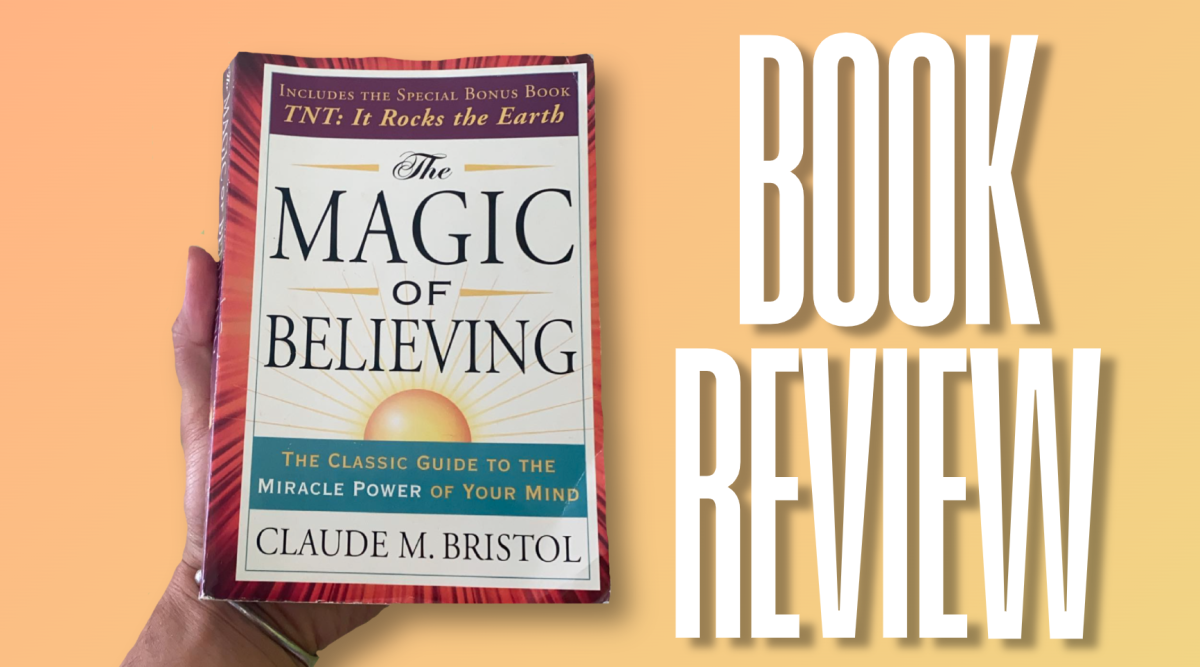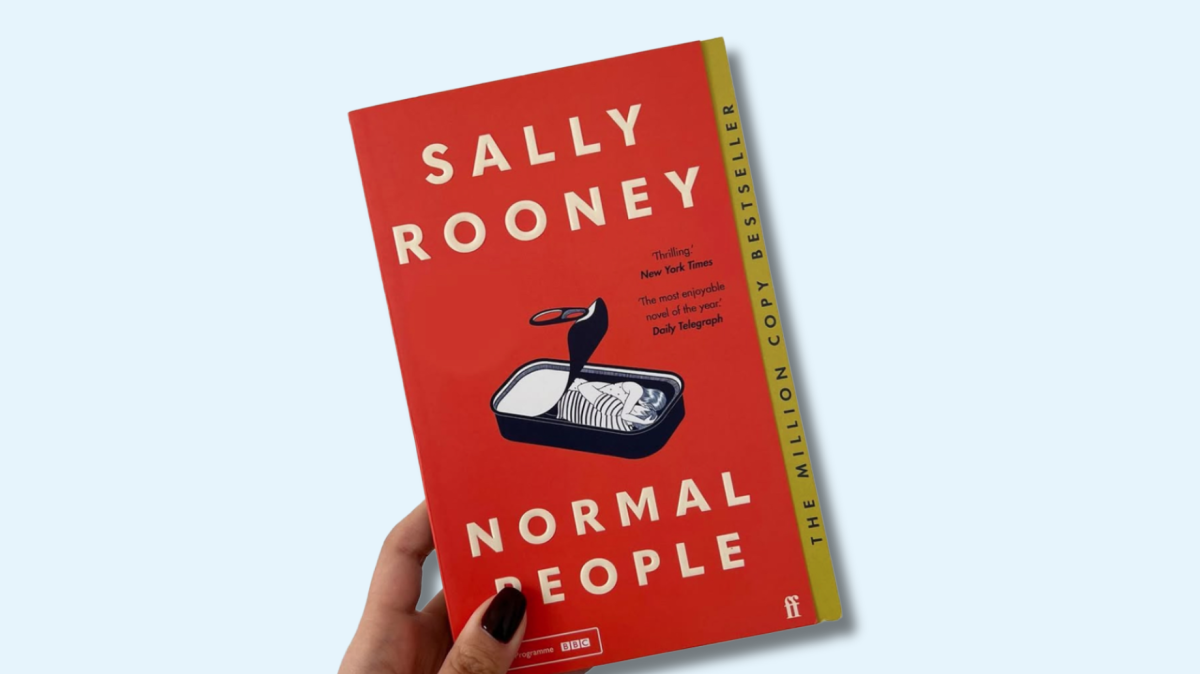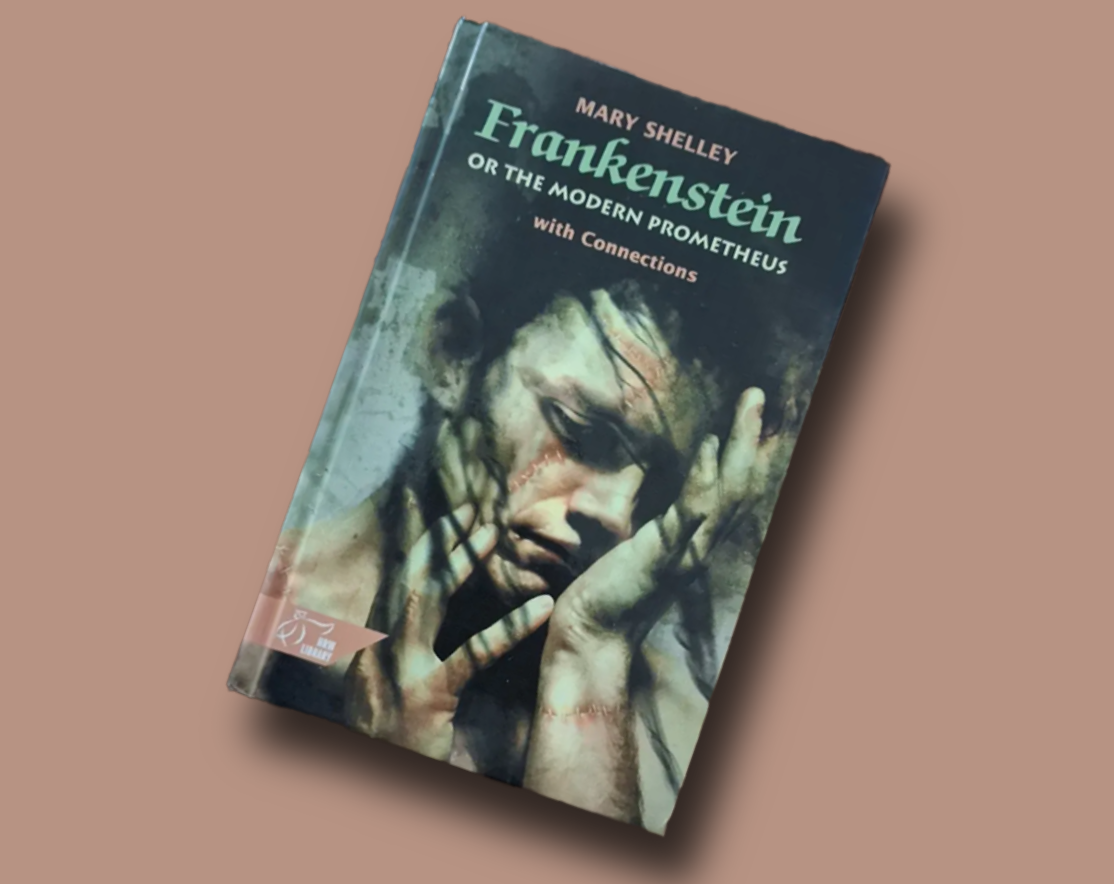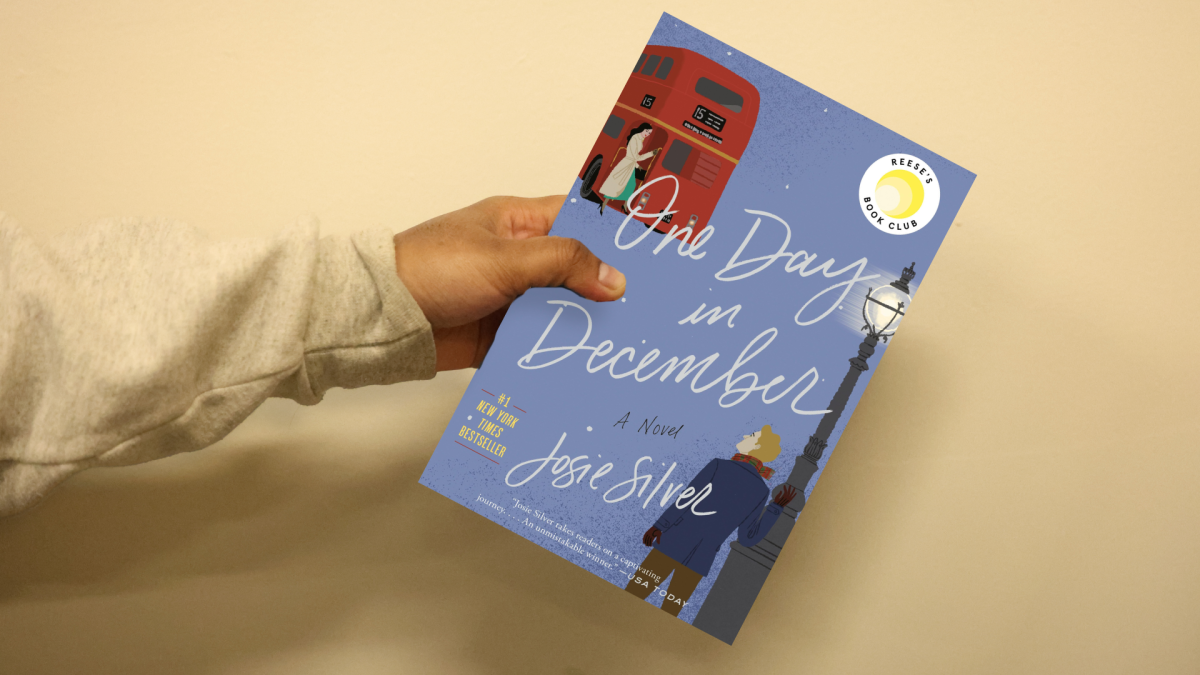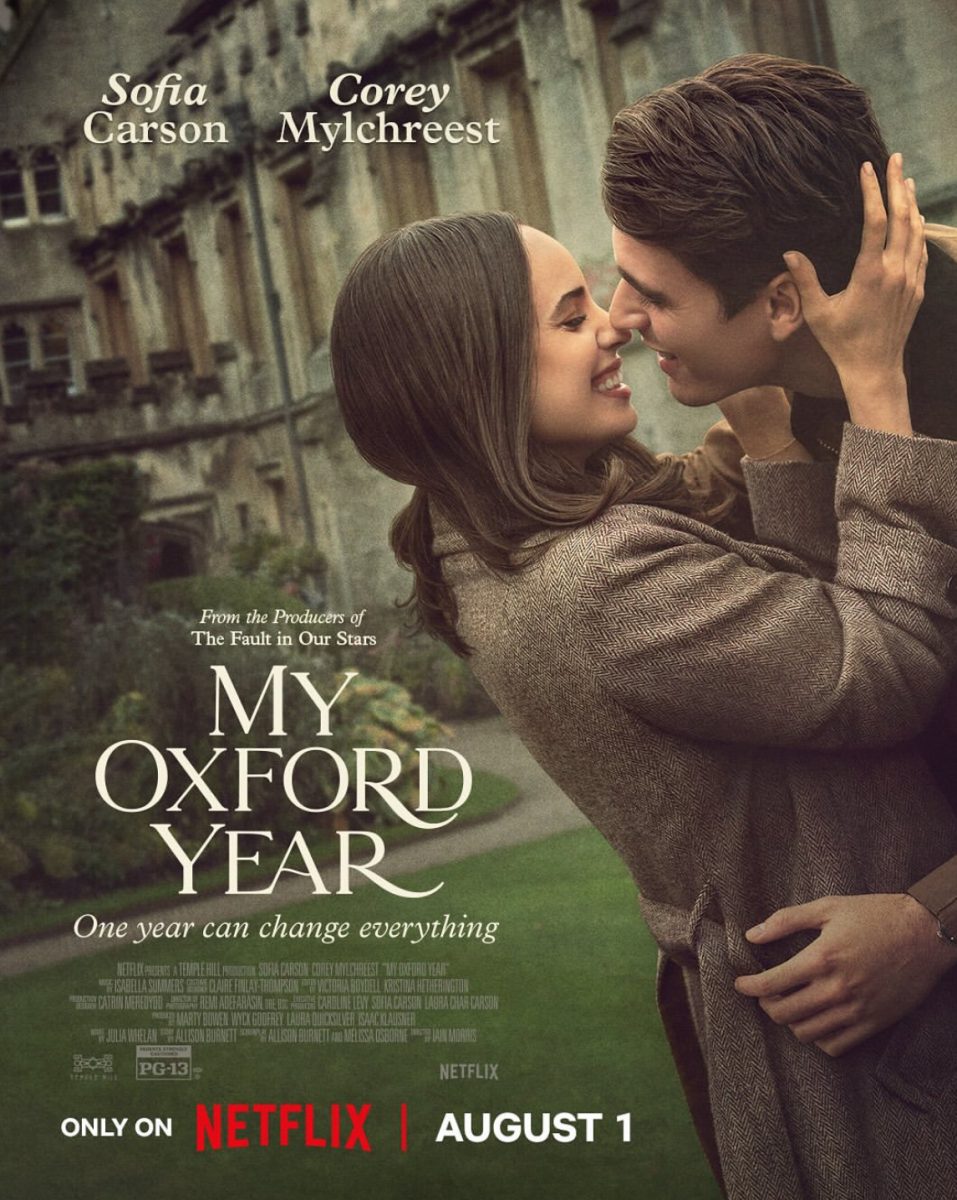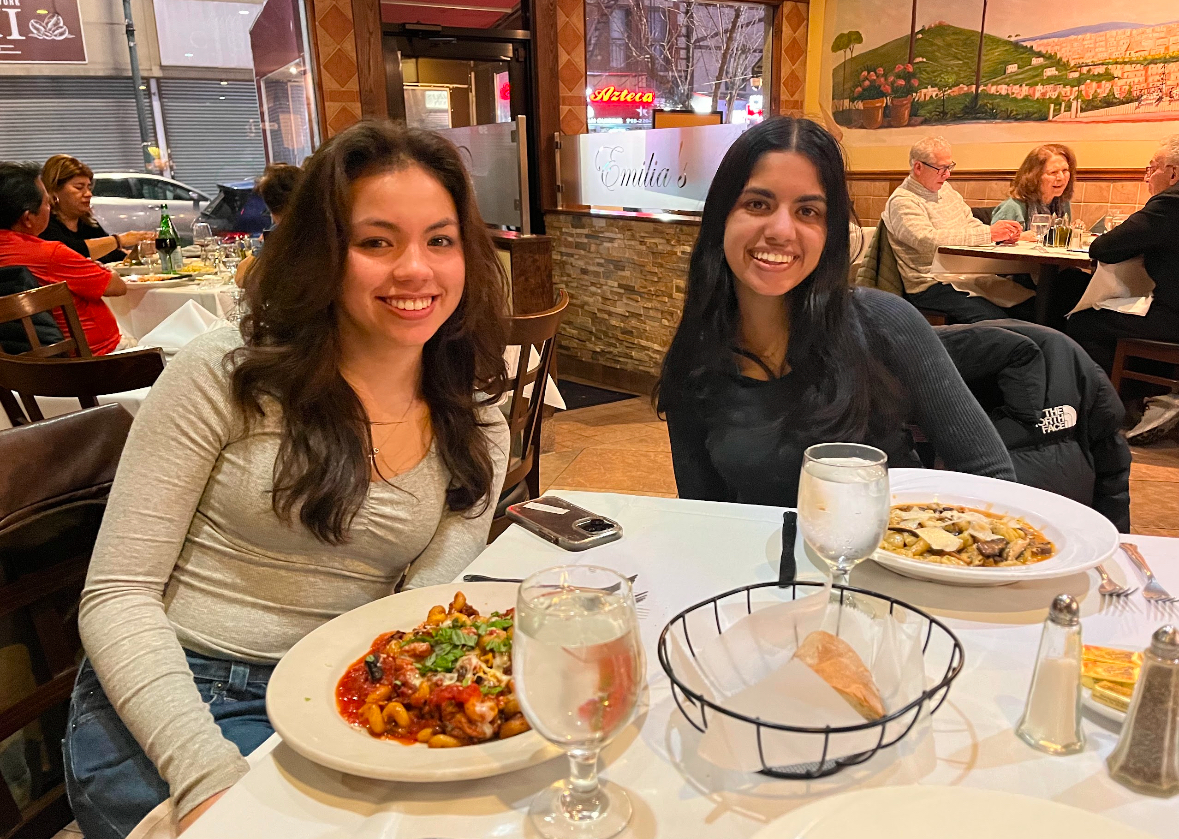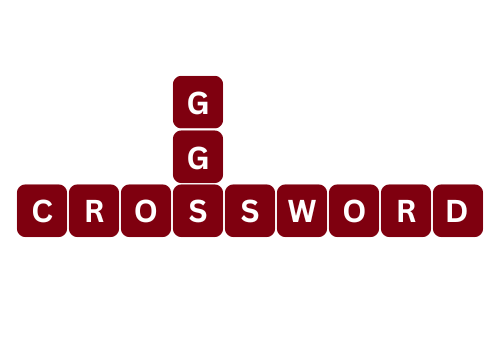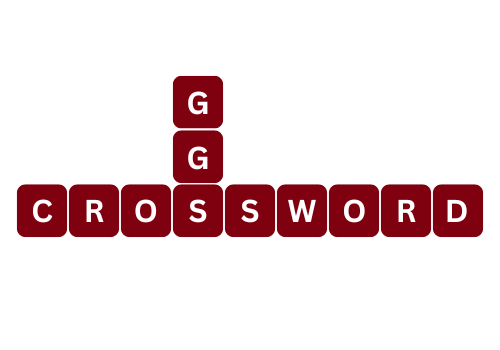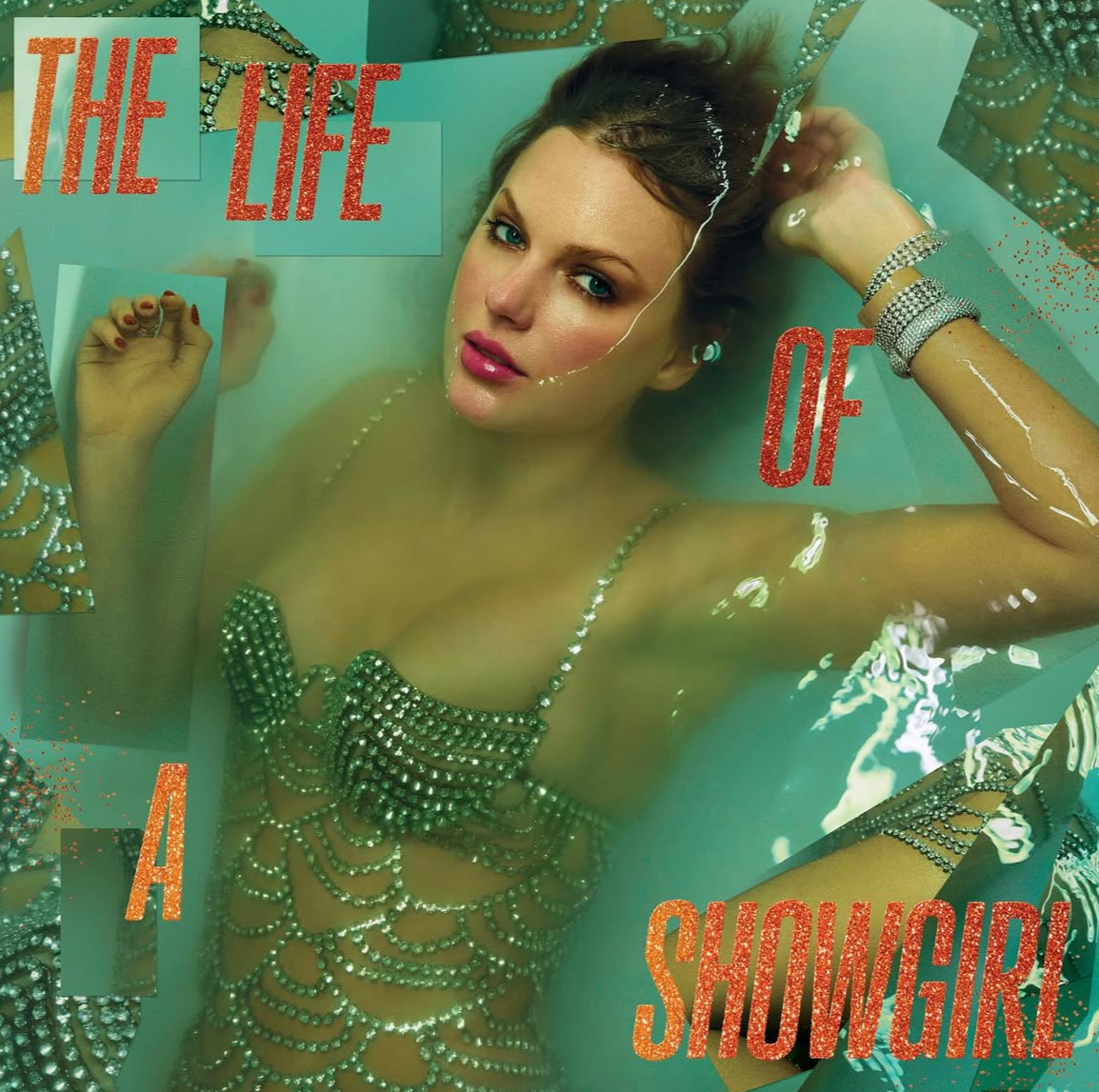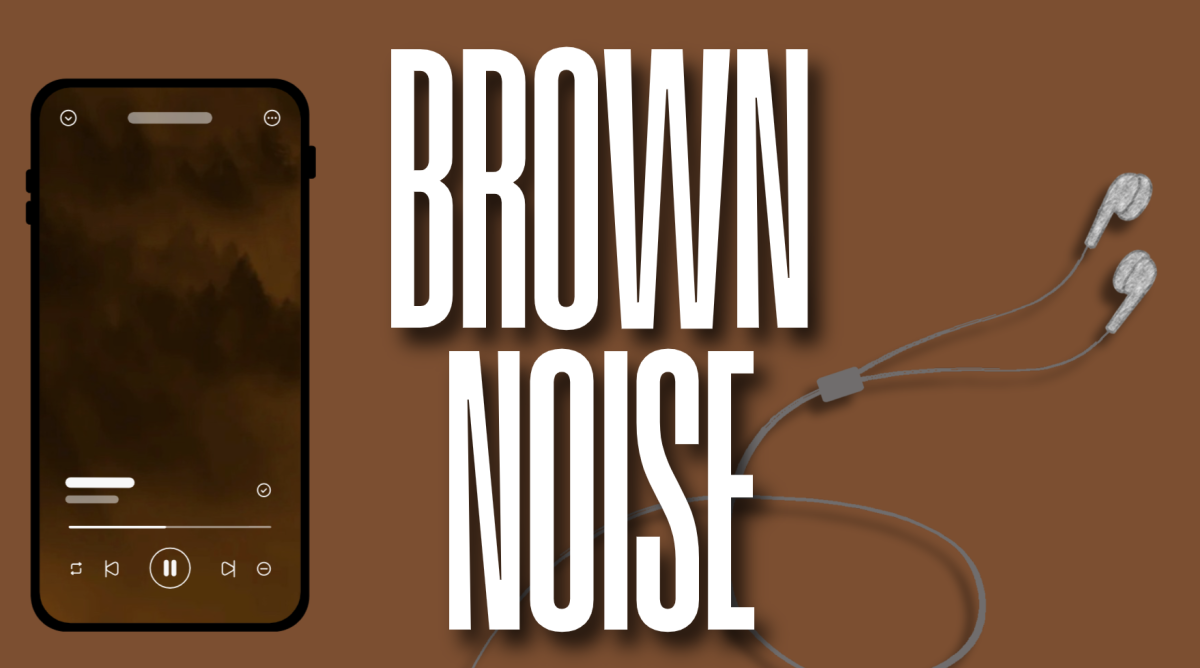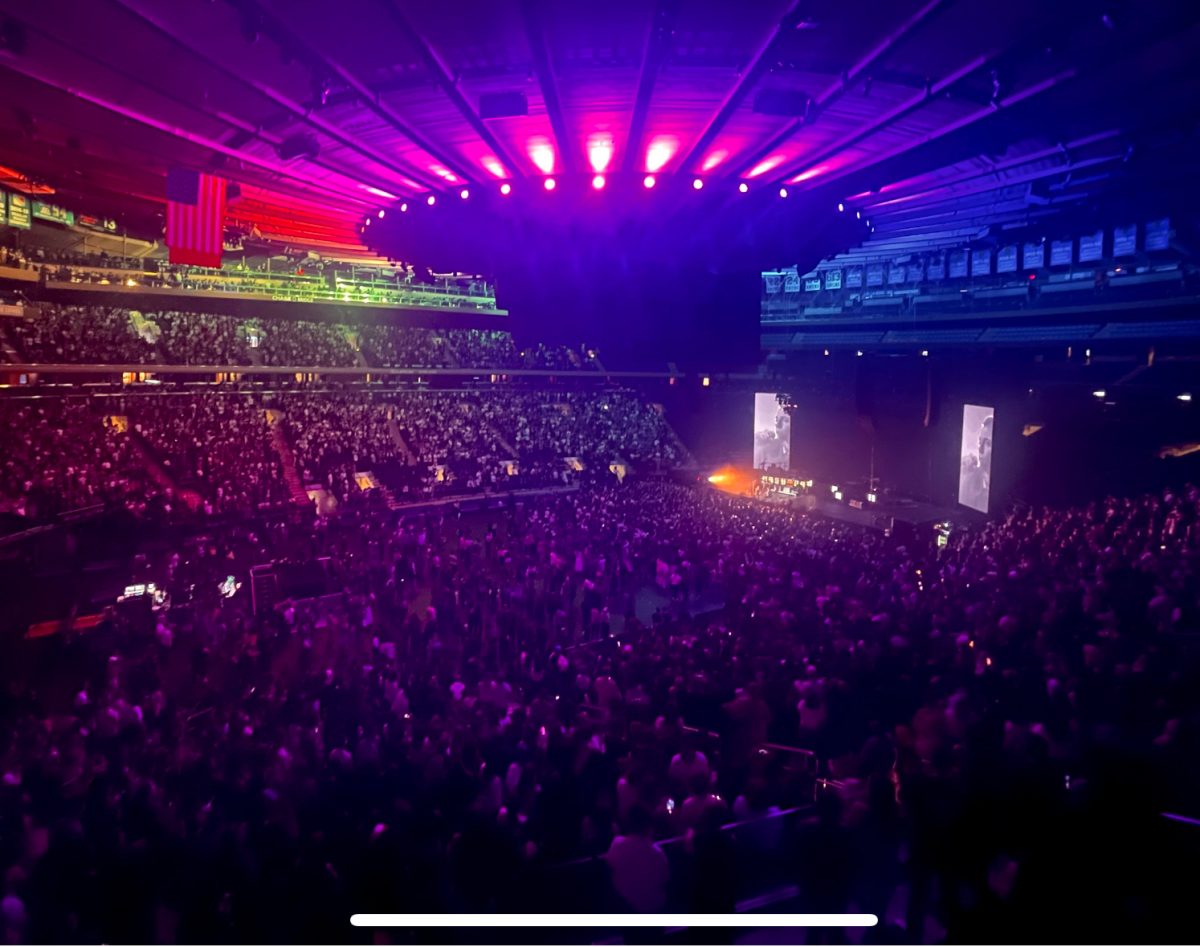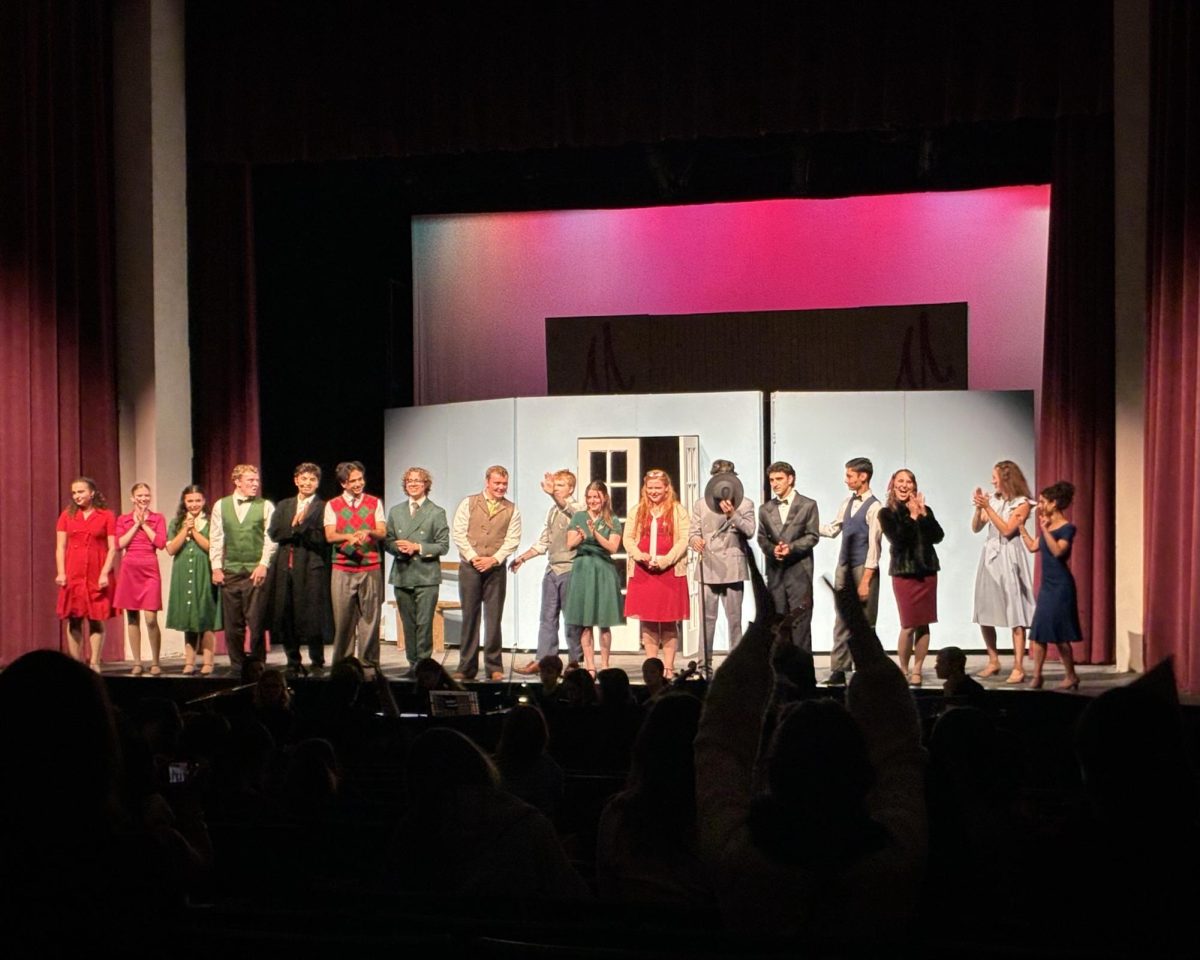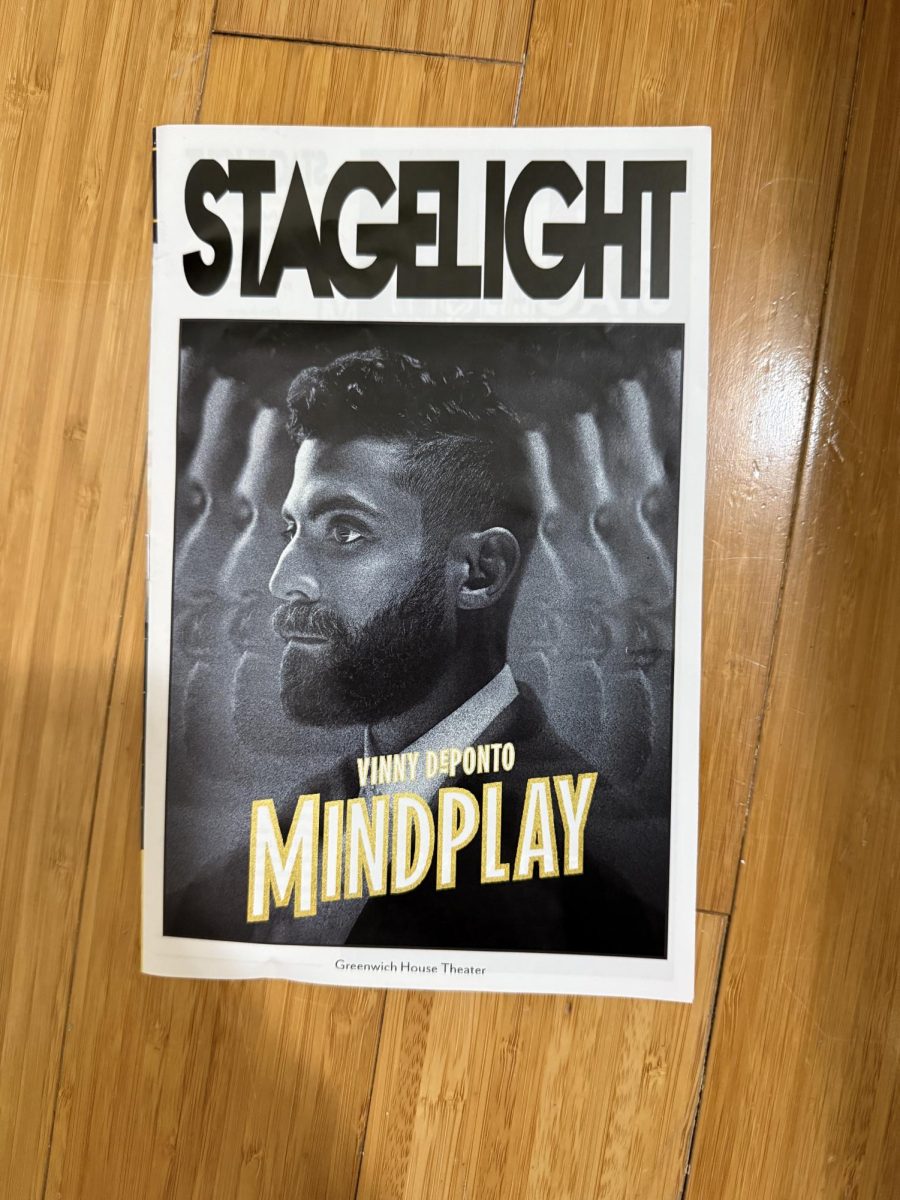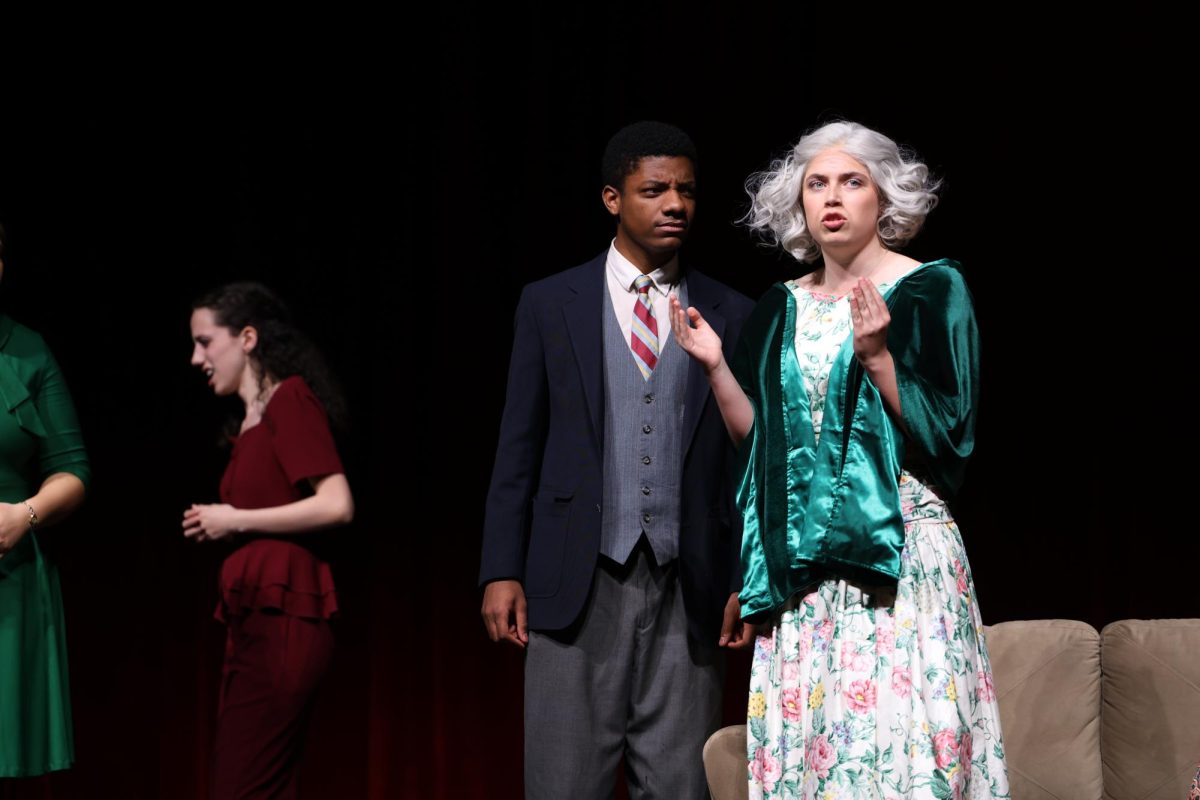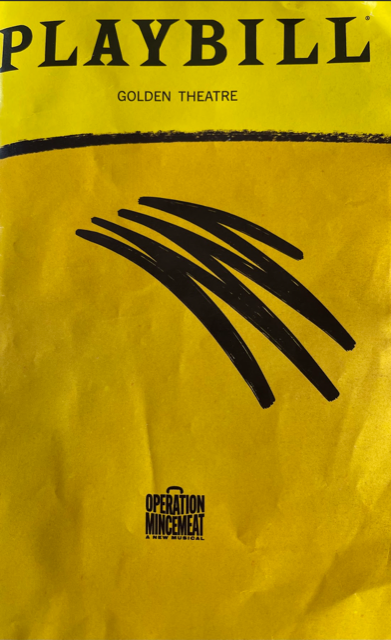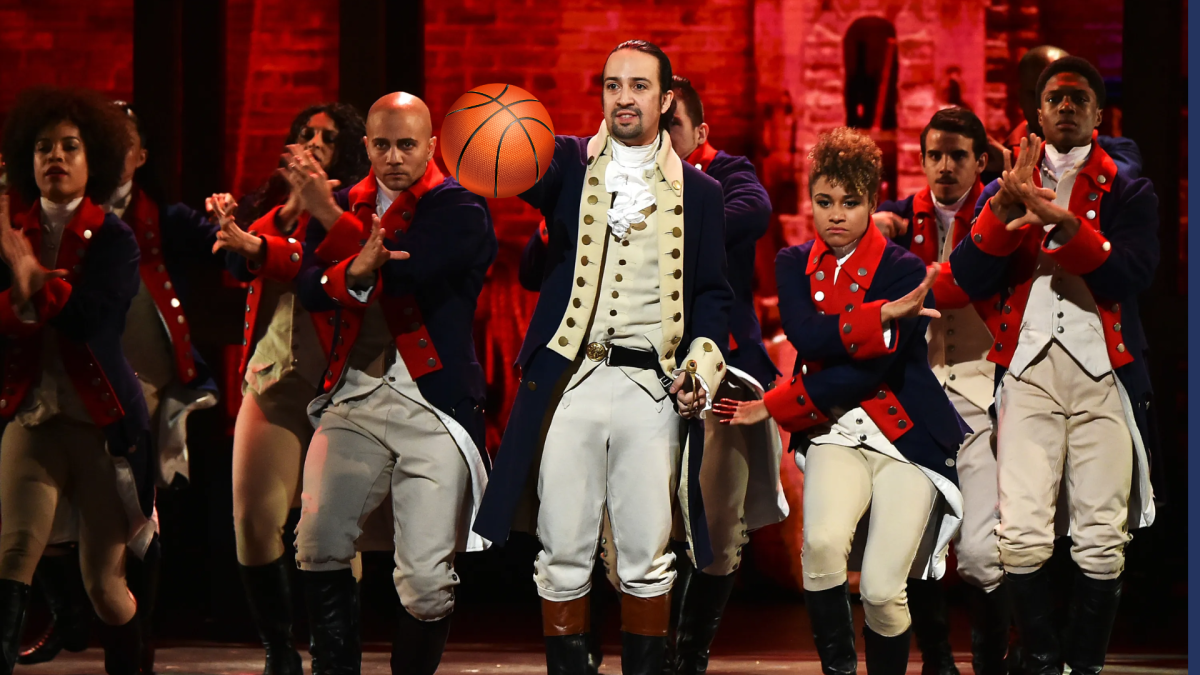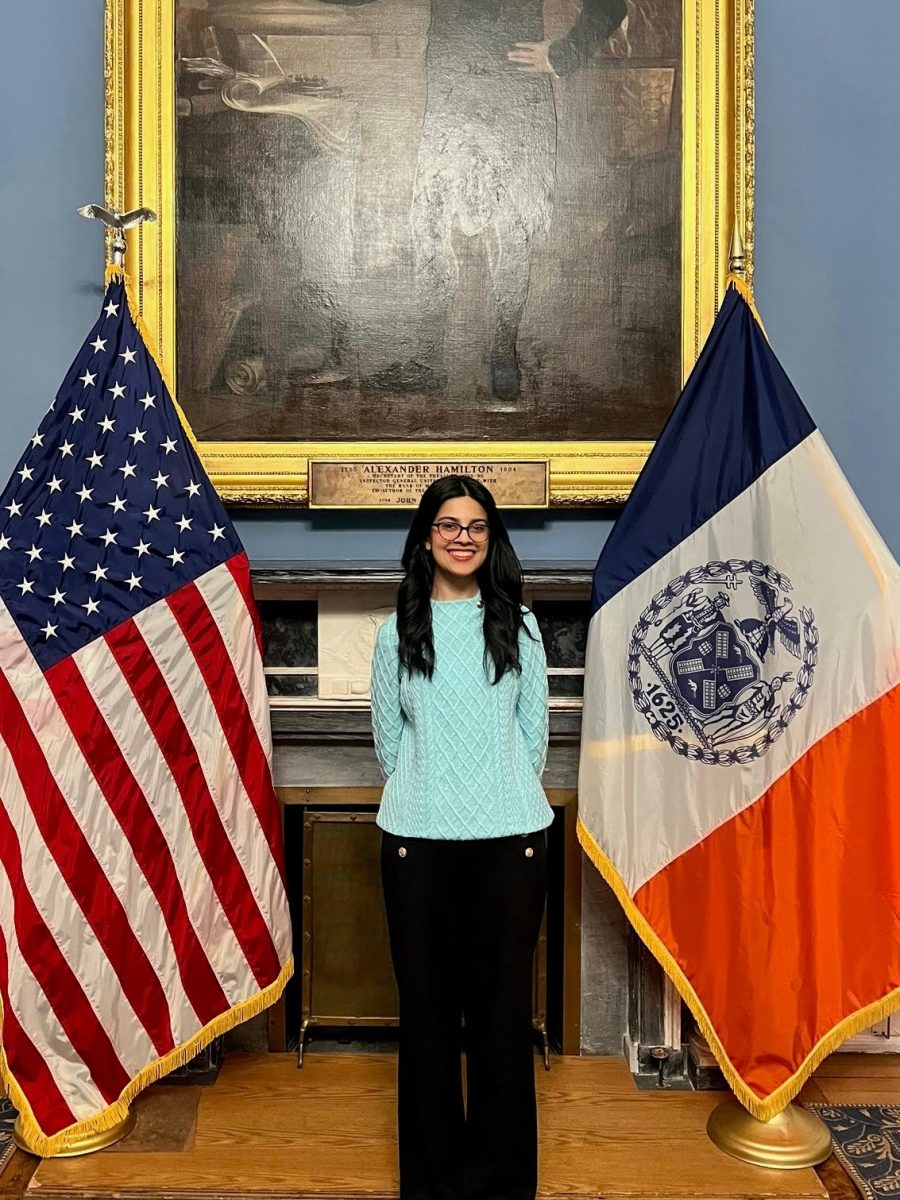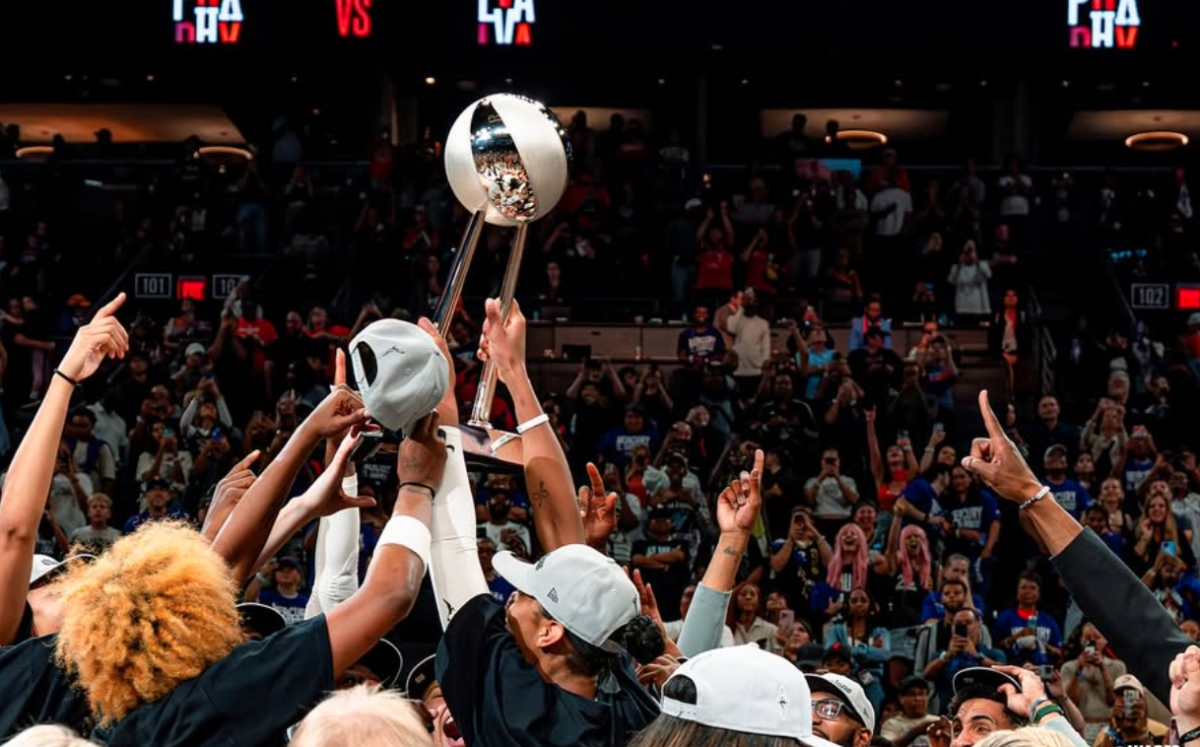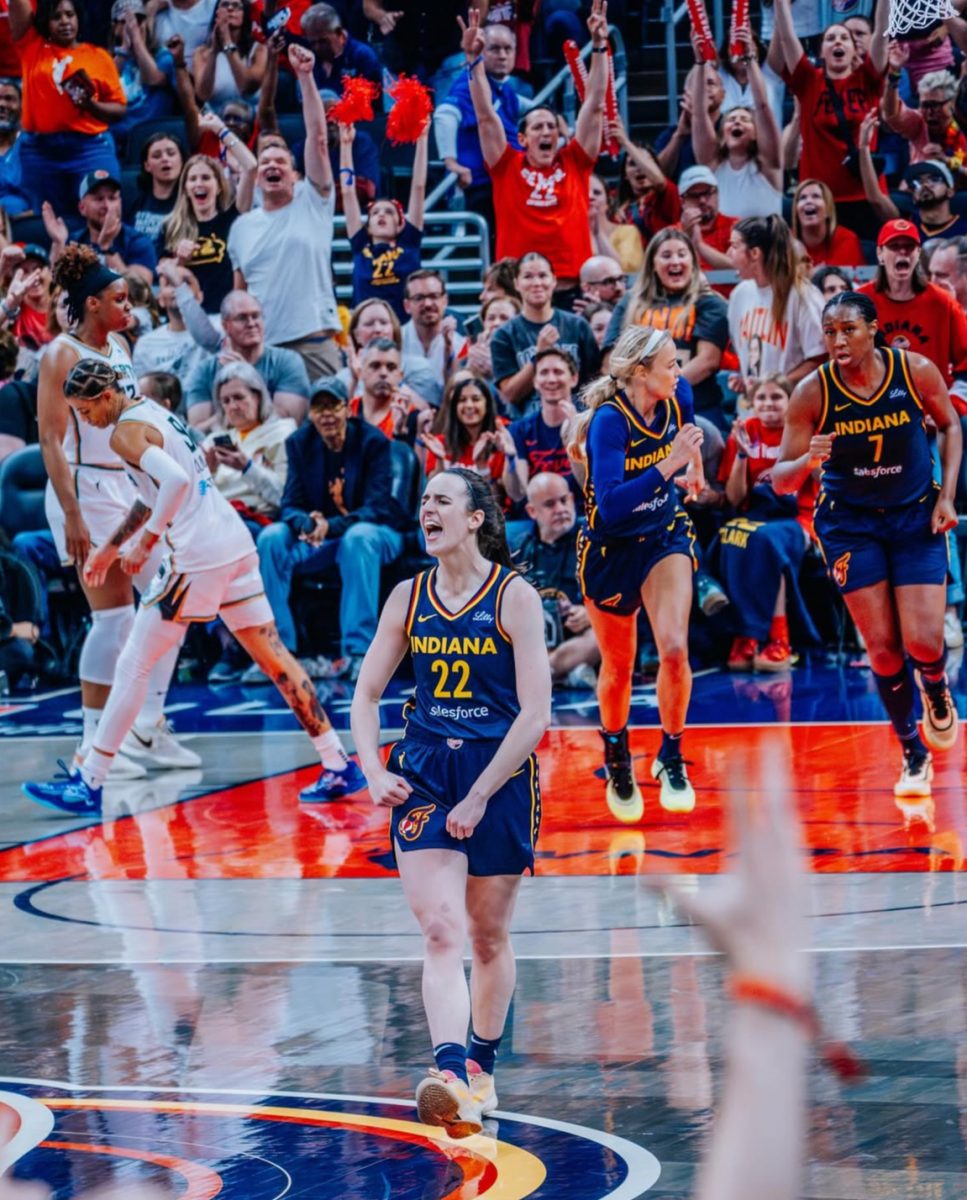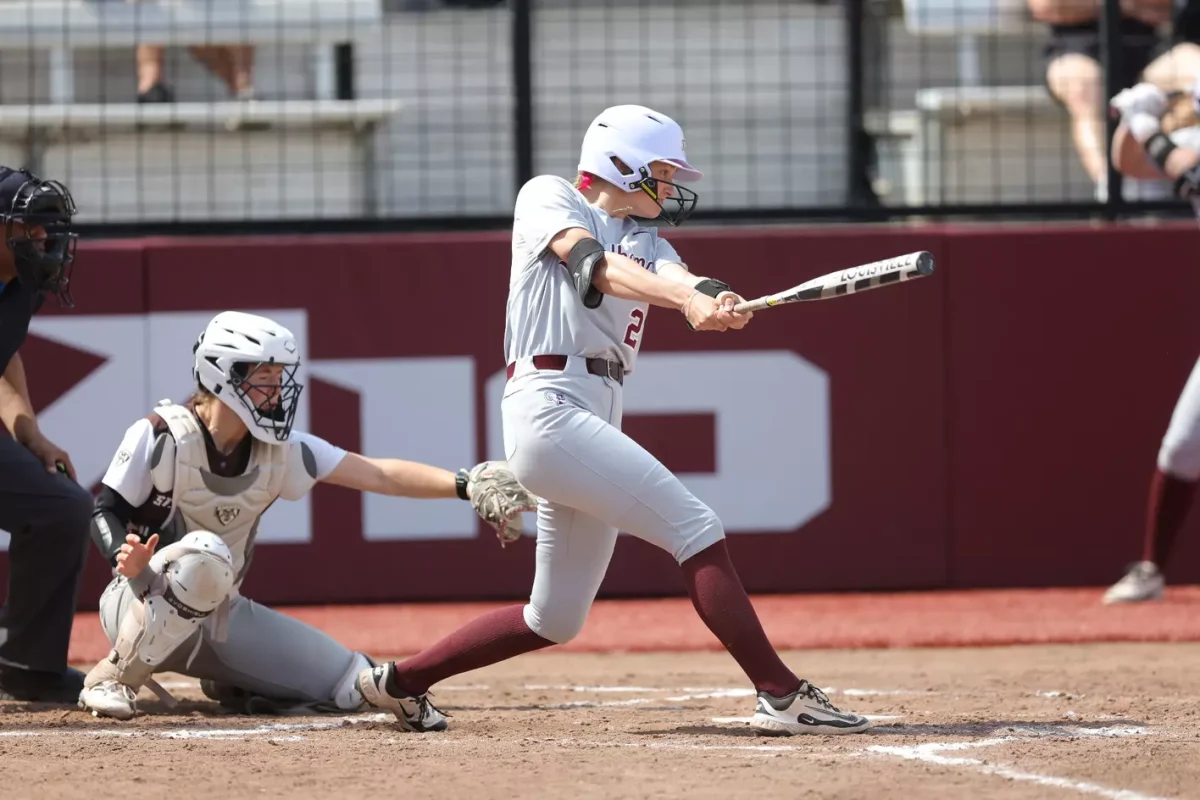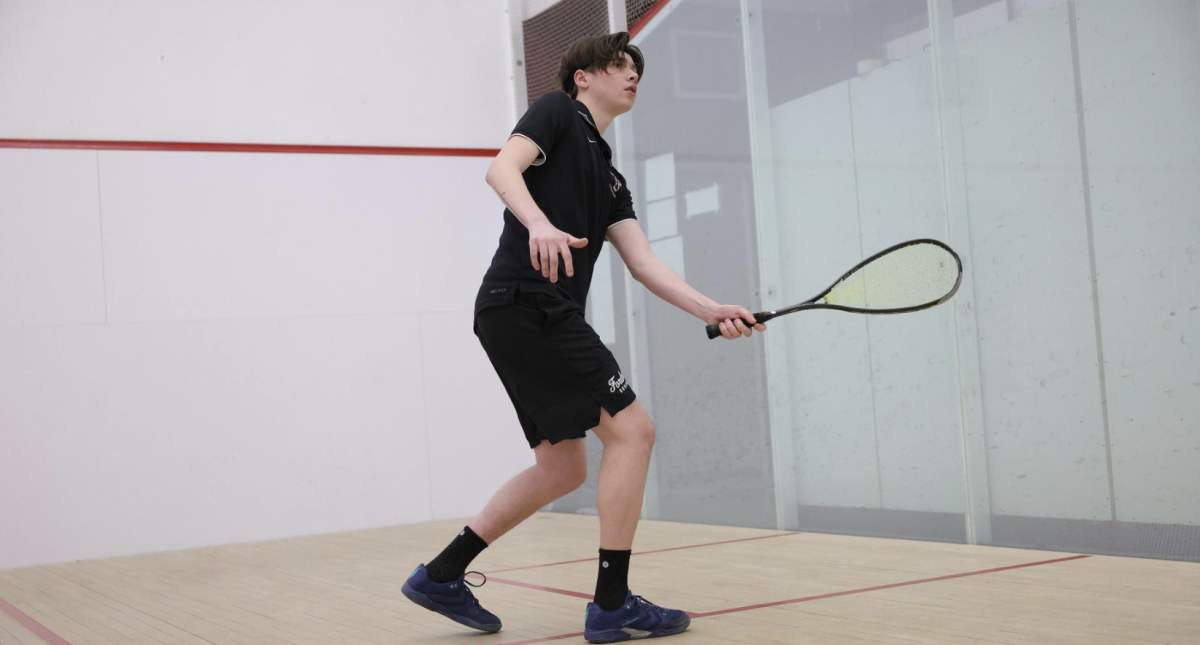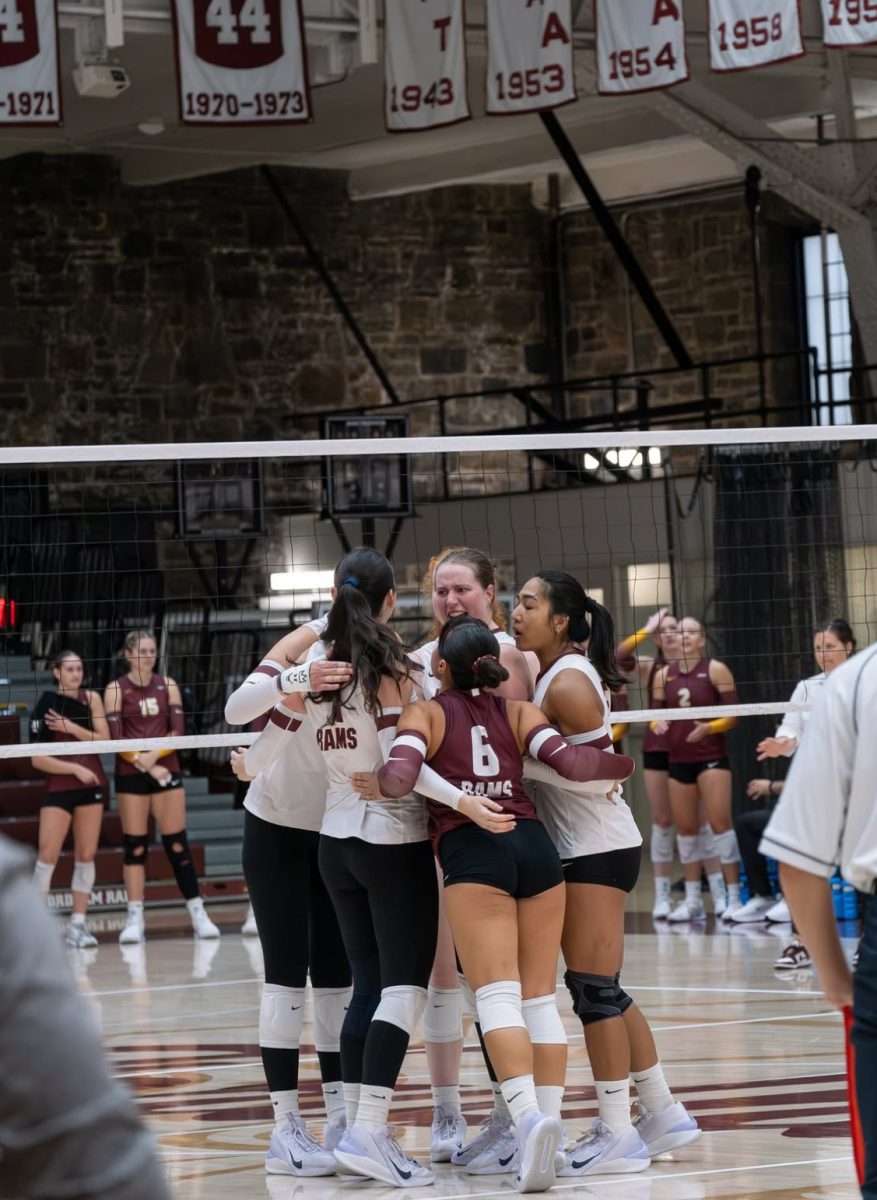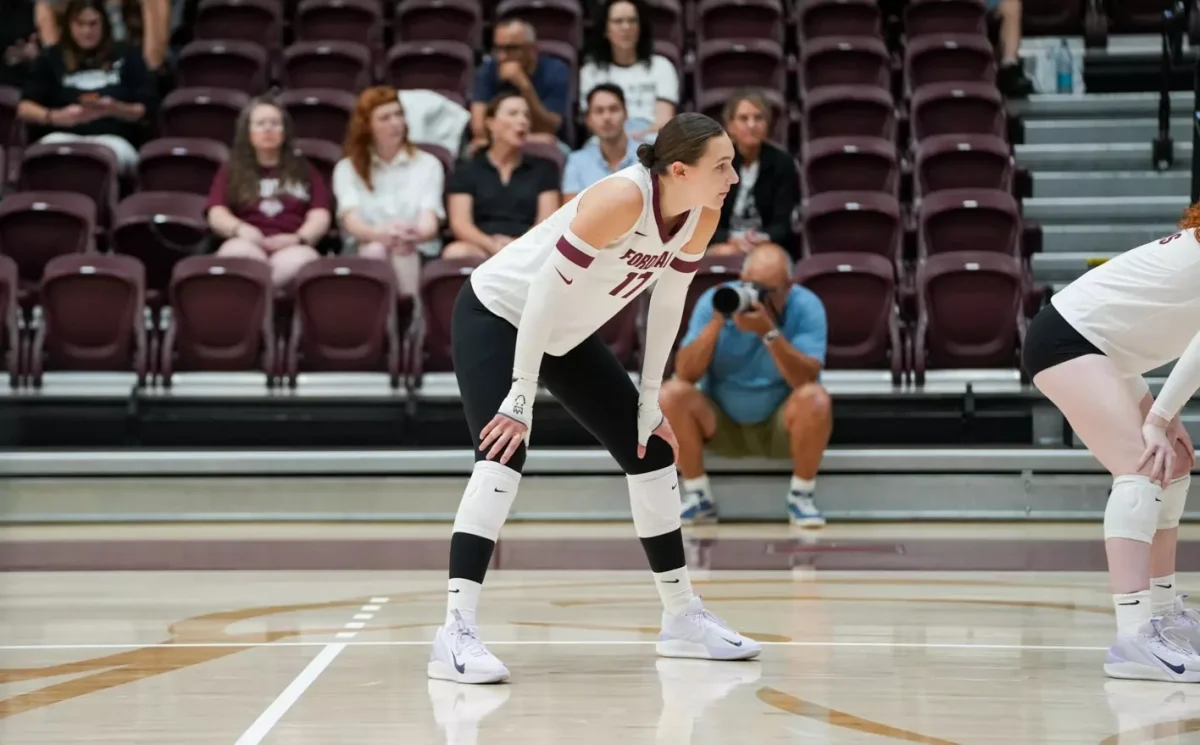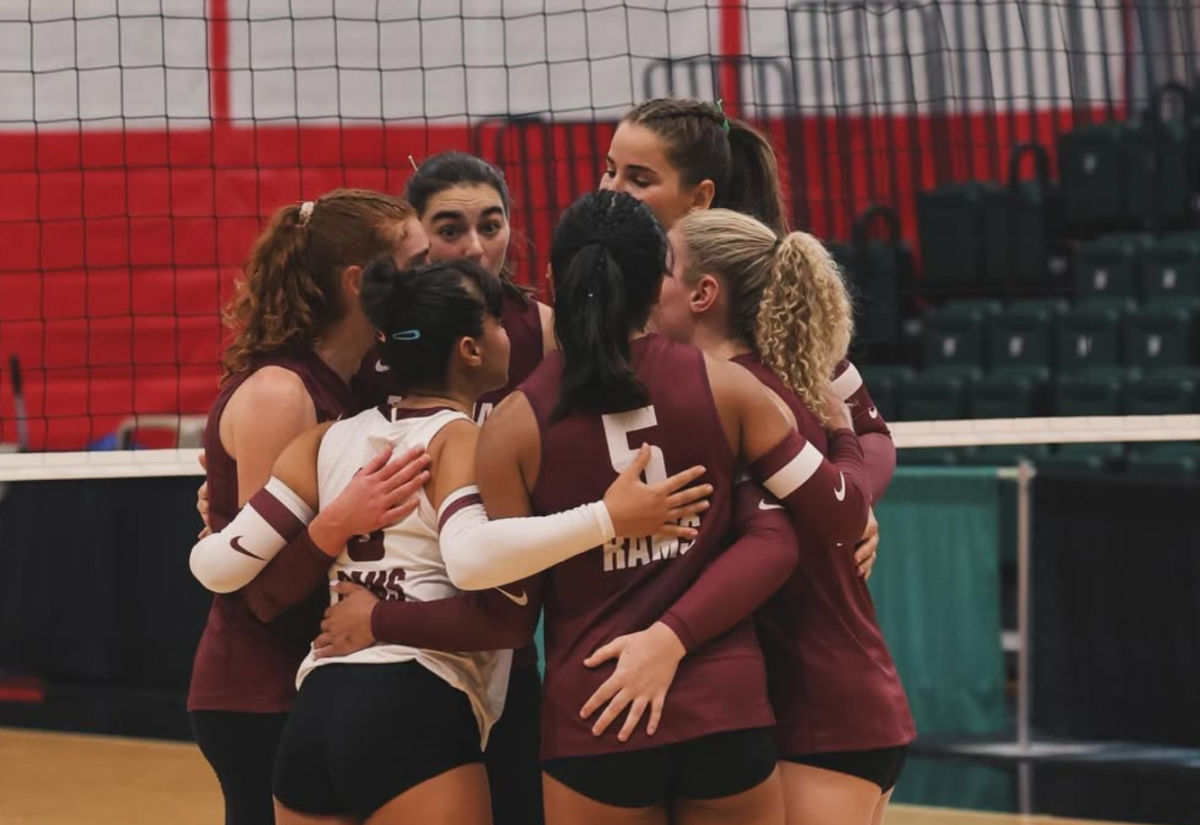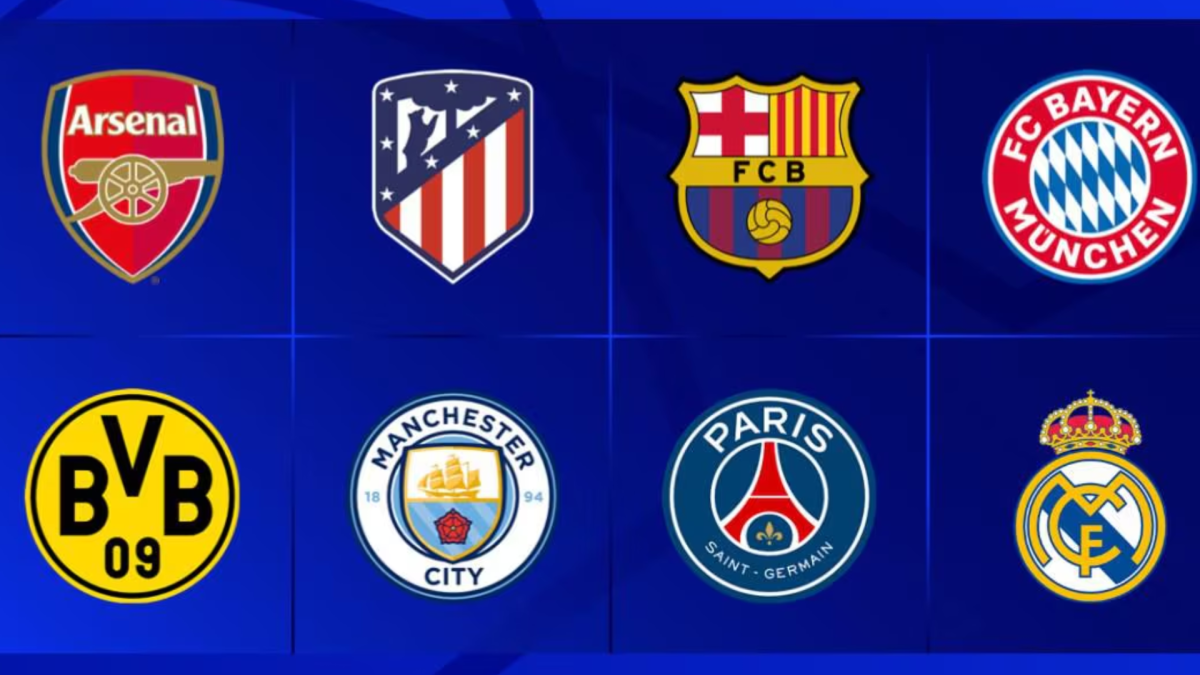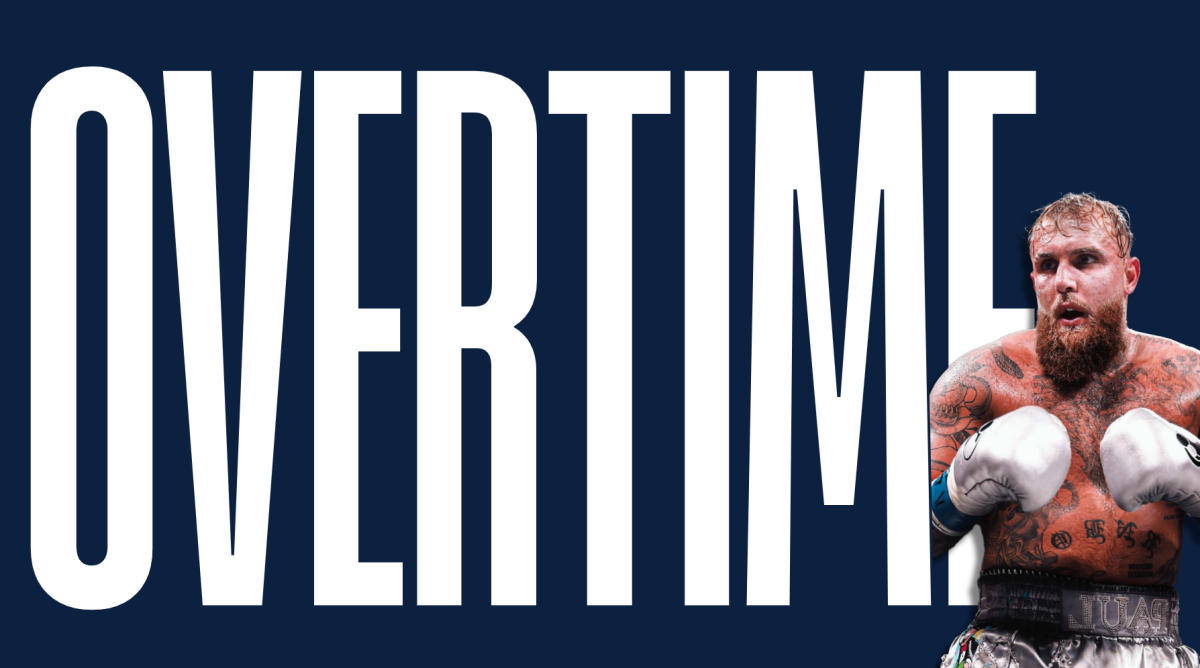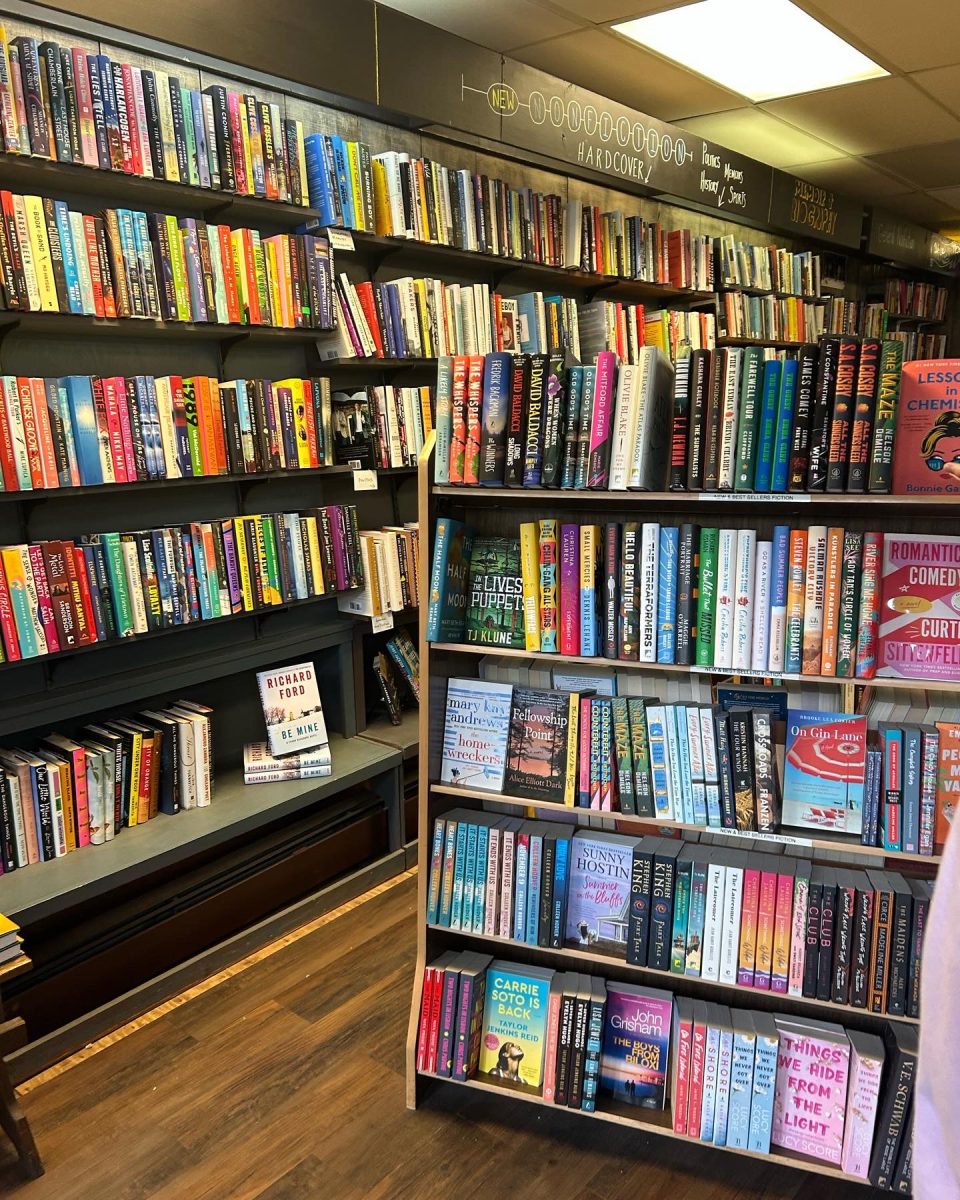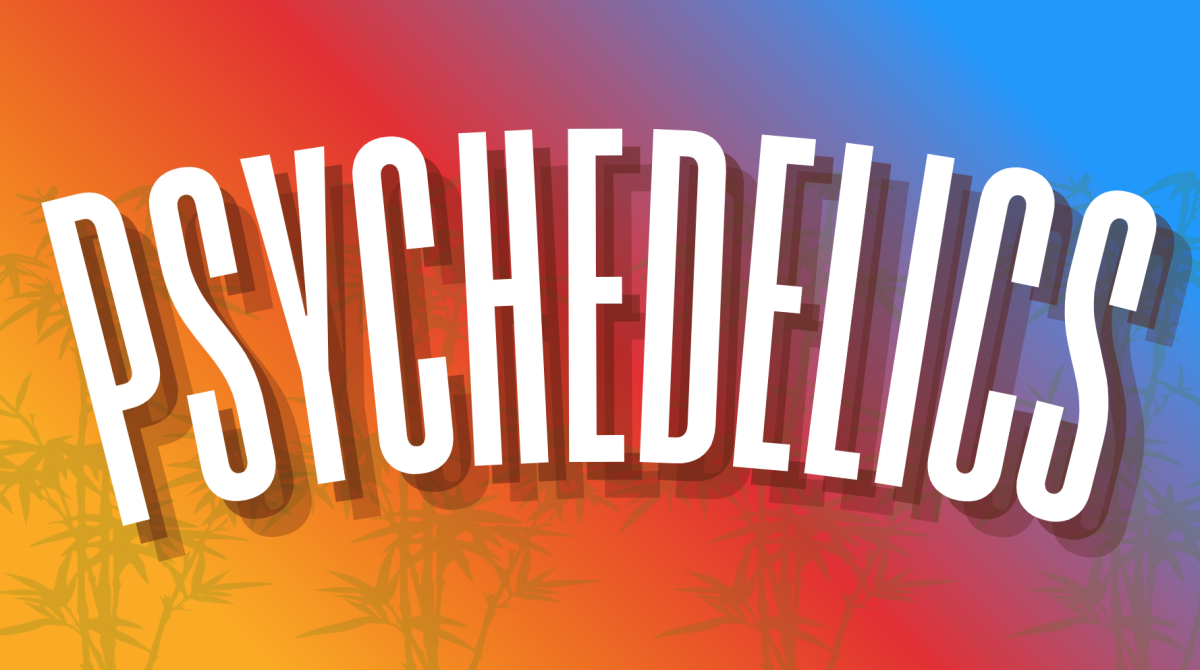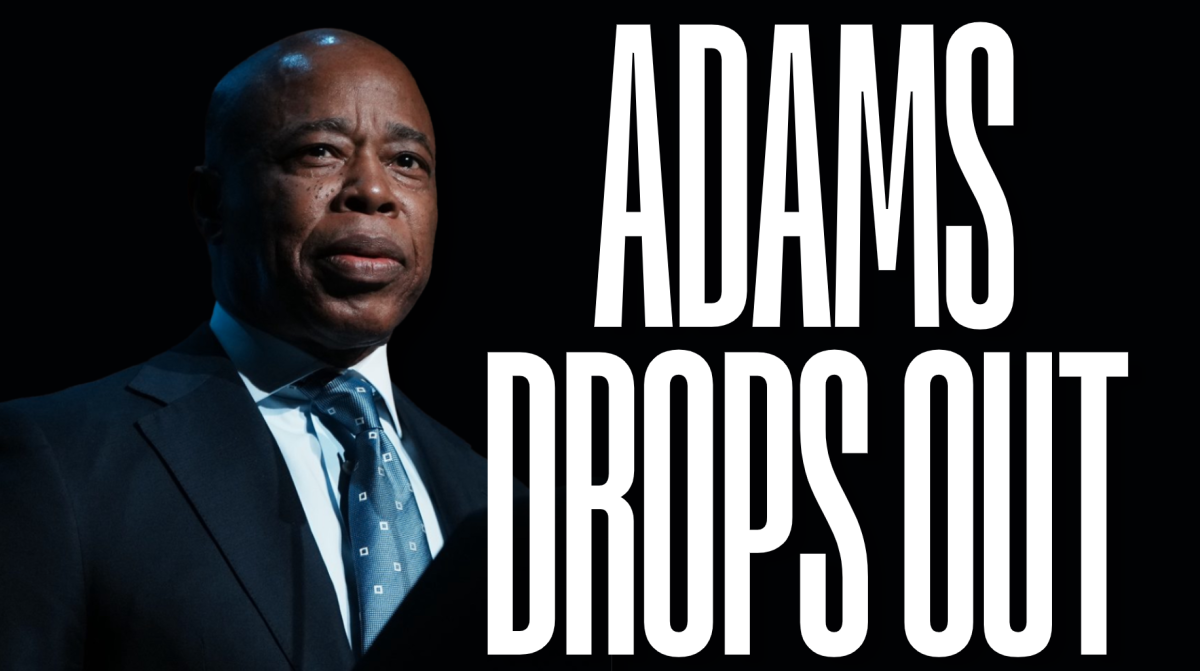On a random day in March 2009, I remember sitting in Miss Gallagher’s kindergarten class, being absolutely devastated that I would be missing the ending of “Junie B. Jones Has a Peep in Her Pocket” because my parents were picking me up early from school. For as long as I can remember, reading has been an essential part of my learning, growth and entertainment. Reflecting on the years before high school and college, staying up way past my bedtime on a school night under the covers with a flashlight, finishing the latest book I had checked out from the library and logging it on Goodreads was a rush. More recently, I have found myself having to be deliberate about when to crack open a non-school-related book. With the demands of life, school and work responsibilities, and the distraction of a cell phone, reading for fun, like for many other young people, has taken an unfortunate backseat for now.
In the age of convergence, the world is at our fingertips and books are competing for attention. In 2021, Pew Research Center reported 23% of American adults had not read a book in the past year. In a 2023 Economist/YouGov poll, The Washington Post reported that 46% of Americans had not finished a book that year.
A decline in reading has hit the youth. Reading for entertainment has become less common among children, as short-form content platforms like TikTok and YouTube have become more popular among children and teens. And while our younger sisters love to read, I am sure Indranil Kar, FCRH ’26, and my younger sisters could show us more dances they have learned from YouTube than books they have chosen to read for fun in the past month.
The screentime monster has cemented itself in life as we know it, but this preference to put the book down in favor of a screen is not isolated to children and tweens. For 18 to 24-year-olds, 48.2% identified themselves as nonreaders. Tyler Norrie, FCRH ’25, attributes this to the addictive and stimulating features of “smartphones and other forms of modern entertainment degrad[ing] our attention span, which makes reading more difficult for young people. Additionally, there is a powerful network effect and mimetic draw to smartphone usage since everyone uses smartphones and few people [are observed] reading.” At this point, are we all destined to become “screenagers?”
Taking time out of an already busy day to read seems like an exhausting feat, but it can also feel like there is a sense of obligation or pressure to entertain what was once a fun hobby. Reading, for some, has turned performative. For example, while I was on the subway this weekend, someone was holding onto the subway pole, “reading” the same page of Virginia Woolf’s “To The Lighthouse” for 20 minutes. Were they just taking in and reflecting on Woolf’s prose, or was the intent to be observed by subway spectators, to be perceived as a reader?
College students in more recent years are reportedly reading less, unable to keep up with assigned articles and books for classes. This decline in reading has led to issues in class, with professors, like Jack Chen from the University of Virginia, reporting students “shutting down when confronted with ideas they don’t understand; they’re less able to persist through a challenging text than they used to be.” This experience can make it frustrating to be in a classroom with those who refuse to engage with the coursework.
Hannah Boring, FCRH ’25, an avid reader, posited that “the most depressing impacts of the decline in reading in our generation are the lack of imagination and the inability to understand context clues and concepts that could be understood through basic reading comprehension.” Interacting with peers in and out of the classroom, Boring notices this decline in reading in people “not being able to read tone in texts, needing everything written out in specific, step-by-step detail in order to comprehend something, and even in students’ dependency on [artificial intelligence] to complete schoolwork — perhaps based in a lack of [foundational] reading.”
Our relationship with books has changed, but reading still has an identifiable, distinct value. Reading is linked to improvements in health, the development and strengthening of critical thinking skills, empathy, vocabulary, creativity, social skills and more.
As someone who recently made an effort to return to their love of reading after a year’s hiatus, Norrie noted that “short-form entertainment really degraded my attention span. At first, I had to take ‘phone breaks’ while reading and found it difficult to read for more than a few minutes at a time. I still somewhat struggle with this, but a few months of reading while making a concerted effort to reduce my consumption of short-form content has significantly lessened its effects. I am very glad I began reading again. It adds a lot of color to my life and introduces me to new ideas that I would not discover on my own. I always encourage my friends to read when I have the chance.”
Please read. Reading is essential to socialization. We can learn and connect with others through books. Reading can be encouraged through recommendations, following your friends on Goodreads or an alternative, getting a library card and supporting your local libraries or taking a few minutes out of your day to read at least one chapter of a new book.
Indira Kar, FCRH ’25, is an international studies major from St. Louis, Missouri.

